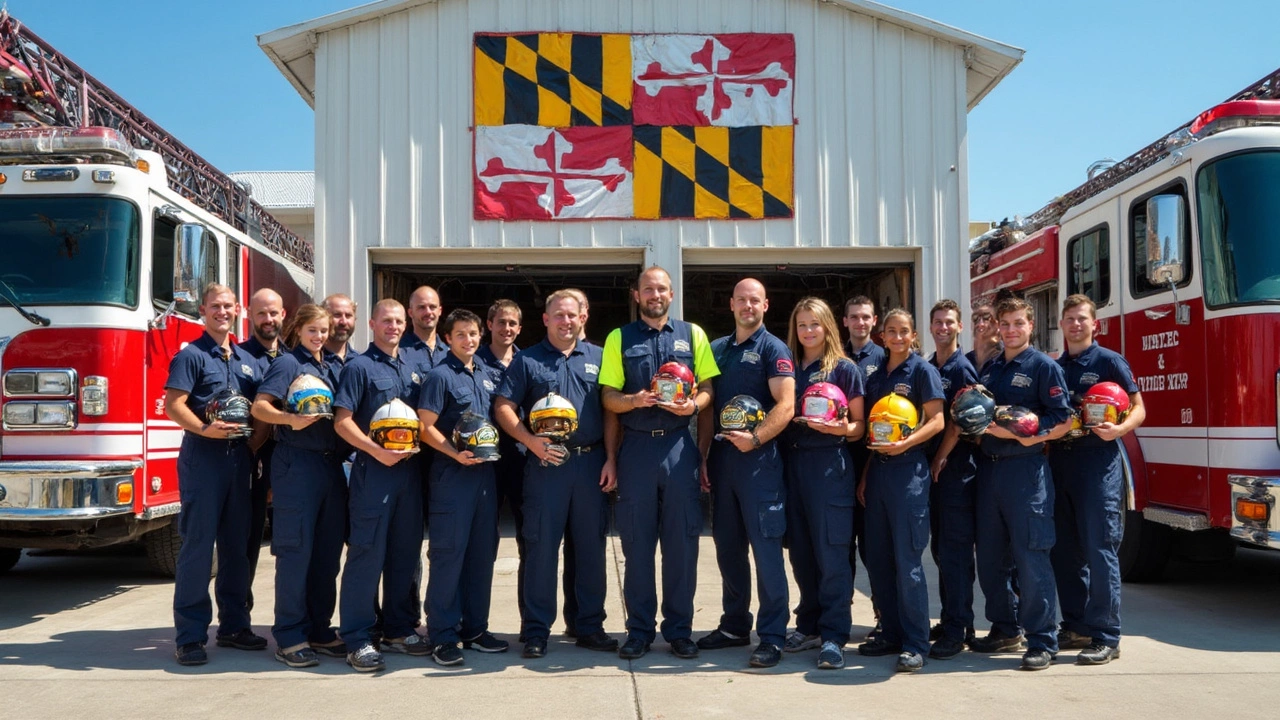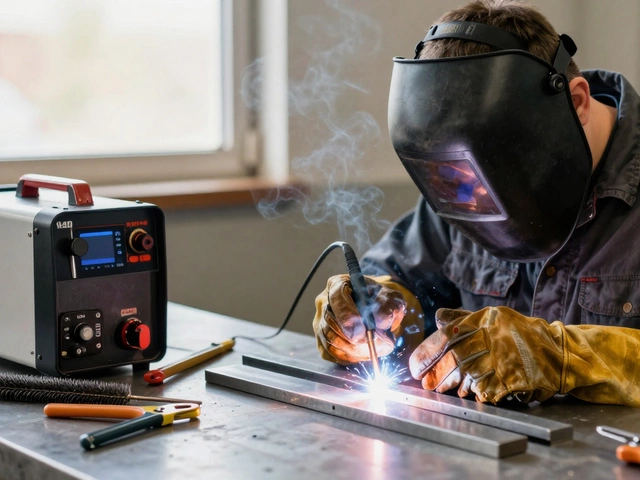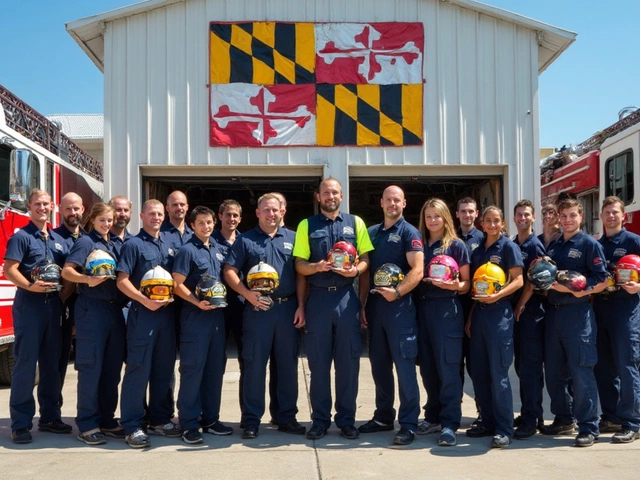Firefighter Requirements: Your Quick Guide to Getting Started
If you’ve ever imagined sliding down a pole or rescuing people from flames, the first step is knowing what the fire service actually expects. Below you’ll find the most common requirements, broken down into bite‑size pieces so you can see where you fit and what you need to work on.
Basic Eligibility – Age, Education, and Background
Most UK fire brigades require you to be at least 18 years old. Some departments set a ceiling at 30‑35, especially for entry‑level roles, but many are flexible if you bring strong experience or qualifications. A minimum of five GCSEs (or equivalent) is typical, with maths and English often marked as must‑have subjects. If you already have A‑levels or a diploma, you’re already ahead of the curve.
Background checks are non‑negotiable. Expect a Disclosure and Barring Service (DBS) check and a review of your criminal record. A clean driving licence is also a plus because many fire services expect you to drive or operate emergency vehicles.
Training, Certifications, and Physical Tests
Physical fitness is the heart of the job. You’ll undergo a Recruit Assessment Test (RAT) that includes a 1.5‑km run, a bench press or similar strength test, and flexibility drills. Aim to beat the minimum standards by a safe margin – training with a local gym or a running club can make a big difference.
Medical fitness is checked with a thorough health exam. Common red flags are heart conditions, vision problems, or severe asthma. If you have a condition, get a doctor’s clearance before you apply.
Many brigades prefer candidates who already hold an EMT (Emergency Medical Technician) or an ICB (Institution of Fire Engineers) qualification. These courses teach basic first aid, patient assessment, and fire safety theory. They’re usually short‑term and can be done part‑time.
After you clear the eligibility stage, you’ll attend a fire academy. The programme lasts anywhere from 12 to 24 weeks, covering fire behavior, rescue techniques, hazardous materials, and real‑world simulations. Successful completion earns you the Certificate of Competence (CoC) and opens the door to a permanent role.
Don’t forget the written exams. They test your knowledge of fire codes, health and safety legislation, and basic maths. Study guides are widely available, and many fire services run practice sessions for applicants.
Interviews are the final hurdle. They’re less about trick questions and more about showing you’re a team player, can handle stress, and have a genuine passion for public safety. Prepare a few real‑life examples where you solved a problem under pressure.
To sum it up, the roadmap looks like this: check age and education, pass the DBS and medical check, train for the fitness test, grab an EMT or ICB badge, ace the written exam, survive the interview, and then head to the academy. Each step builds on the last, so don’t rush – focus on one milestone at a time.
Ready to start? Look for local fire service recruitment days, sign up for a fitness class, and browse online for EMT courses. The path isn’t easy, but the payoff – a career that saves lives and offers solid benefits – is well worth the effort.




